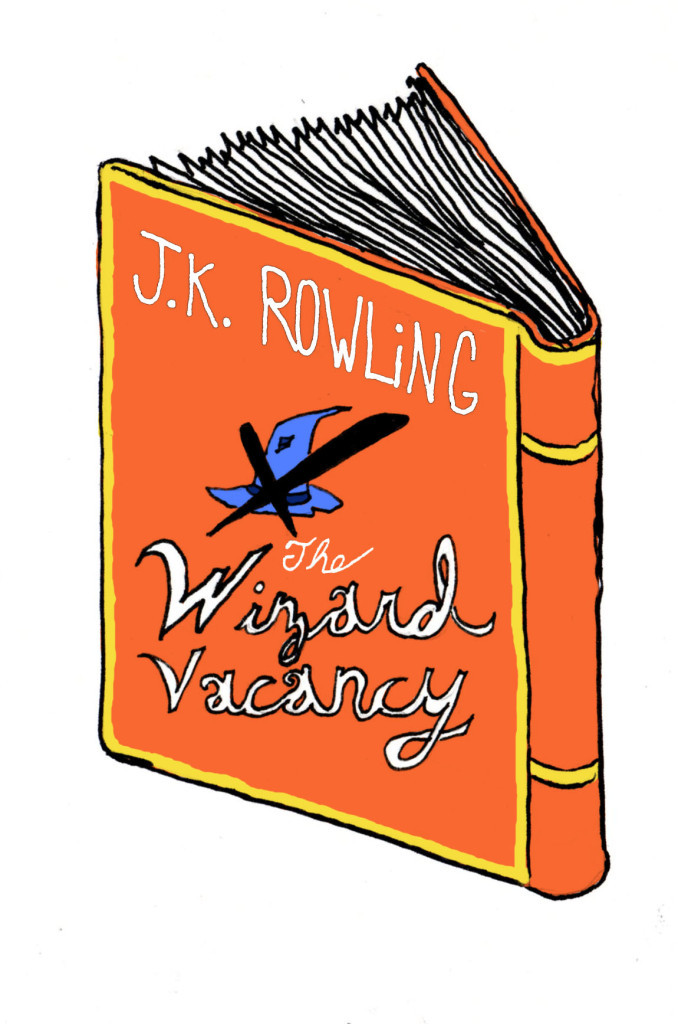
‘Orange’ of intimacy
By Sonam Kaloti, Arts Editor
The concept of ‘Orange’ is fantastic—a display of intimacy and vulnerability with another person feels almost foreign in this day during the COVID-19 pandemic.
Orange is the fourth piece in a six-part adaptive series presented by plastic orchid factory, based out of Left of Main in Vancouver’s Chinatown. It was created and performed by experimental dance artist Deanna Peters/Mutable Subject, and Winnipeg-based street dancer Less San Miguel/LessIZM.
The concept of Orange is fantastic—a display of intimacy and vulnerability with another person feels almost foreign in this day during the COVID-19 pandemic, and yet this is what makes the show that much more captivating. It reminds of the emotional and physical connection our inner health demands which we must continue to engage in curiously, openly, safely, and never close off completely—even in times like these. The dance is described as, “We’re shedding the formalized tropes of the performer-audience relationship in favour of something more immediate, strange and open, reaching towards a non-codified intimacy, an emergent togetherness that is greater than the sum of our body parts.”
The dance itself has nine parts, however, it is easy to interpret many meanings from just one part. Initial shyness at the prospect of being open with someone new, being scared, running away, coming back together and ultimately feeling as one being. The dancers support each other, often seemingly represented by them bearing each other’s bodies in tight-fitting positions. Each viewer will take something different away after watching this piece.
The blocking during the dance was incredible. Both dancers were constantly in motion, beginning and ending in precise blocking positions that consistently had deeper meaning to them upon reflection.
The soundscapes used during the performance were both beautiful and enticing. They placed a specific atmosphere of feeling emotion in an enclosed space, generally vulnerable. Adam 2 was the live DJ for this performance.
Atop soundscapes, the physical atmosphere was gorgeous, as well, with constant lighting and POV changes. Two cameras followed each dancer, from single shot views of them individually, to couple shots, through to very experimental cinematography. The shots played with a “mirror” type of feel, where we could only see certain body parts emerging from the edges of the camera view, the dancers creating entirely new forms with just their bodies. A beautiful addition to the lighting was the use of two different light colours to shine in opposite directions, so in each camera view, the background wall would shine a different colour. James Proudfoot was the lighting support for this show.
The outfits worn by the dancers were unique; one outfit had a full heart in a circle, looking full and unbroken but somewhat isolated, and the other simply had fractures all over the body. These costumes were designed by David B. Smith.
Although Orange was only performed on April 9 and 10 over zoom (free or by donation), plastic orchid factory has many upcoming shows that may be of interest to you. The next show is titled Solo and tickets can be found on the plastic orchid factory website.



